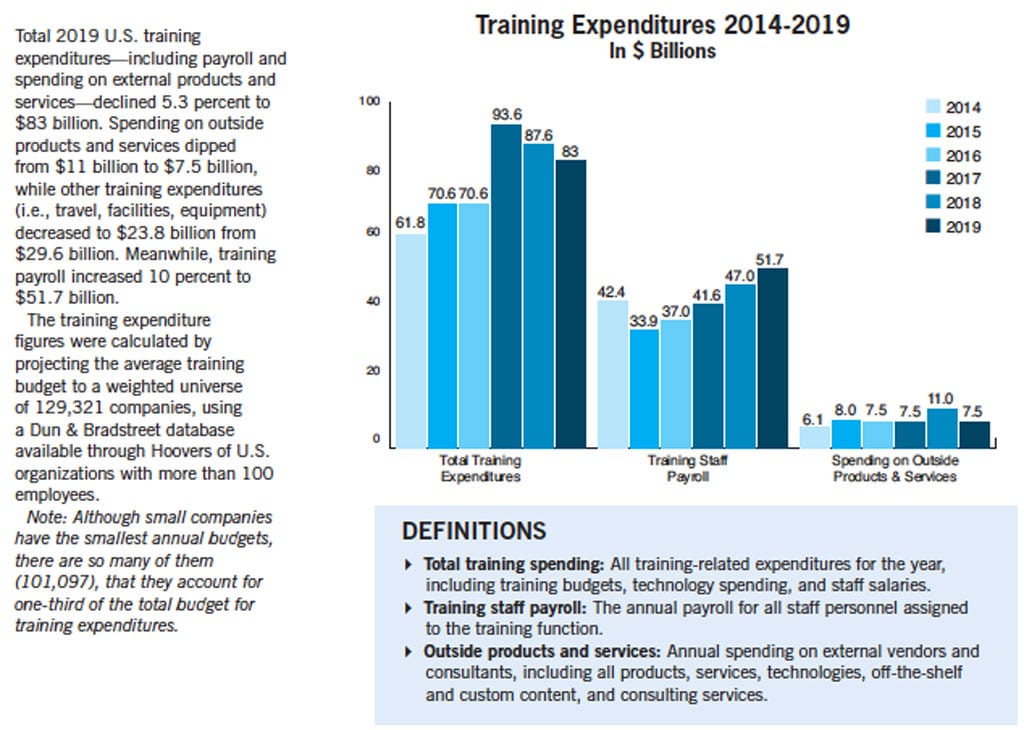
“You will either step forward into growth, or you will step backward into safety.” (Abraham Maslow)
Who is afraid of online learning during COVID-19?
There is a continuous dispute between the advantages and disadvantages of online learning, with a rise in street protests against it. One of the arguments brought is social isolation, simply because the social aspects of life are important for humans to develop healthy relationship patterns. I, personally, agree with this.
It is important for humans to develop healthy relationship patterns.

However, there are many good things. An online environment represents a great opportunity for learning.
˝Offering online learning is a great, revolutionary alternative to traditional training. And corporations have taken notice. In fact, up to 90% of corporations use a form of online learning today, compared to just 4% in 1995. And the e-learning market is predicted to grow another 8% by 2026!˝ (Our top 5 advantages and disadvantages of online learning) and Donna J. Abernathy (author and e-learning researcher) referring to the advancements in technology that are here to help, says:
„Online learning is not the next big thing, it is the now big thing.”
Note! Donna J. Abernathy said this in 1999. Twenty-one years later, we are still debating the pros and cons of online learning. But what are they?
The online learning platforms nowadays facilitate education from practically anywhere in the world, through the opportunity to share and access content in all sorts of formats: videos, slideshows, PDFs, docs or webinars.
We need to consider both the advantages and disadvantages of online learning. Please take a look at both!
Some advantages…
For online learning there is a wide variety of Learning Management Systems that allow trainees to choose their learning according to their lifestyle and preferences. Trainees have the chance to study at their own pace, can finish their homework quickly, and there is more time left for other activities or hobbies. These are just a few advantages of online learning. See below some of the advantages I personally think are worth taking into consideration.
Flexibility and convenience – almost everyone considers this to be the main advantage of online learning. Trainees can proceed through a course at their own pace and anywhere they like, because the learning content is usually made available in short modules and can be paused at any time. Conclusion: online learning allows trainees to learn on a personal schedule that suits them best.
Low Cost – another advantage of online learning is the low cost, much more affordable than conventional learning offerings. In the ˝How Long Does it Take to Create Learning?˝ study, made by Chapman Alliance it has been shown that a half-day of classical training is equivalent to a one-hour e-learning course. In 2019, U.S. training expenses amounted to $83 billion! 35,6% of that was spent on travel, training facilities, in-house training development, and equipment (2019 Training Industry Report).

Availability and accessibility – The trainees can continue to learn through online courses even they aren’t physically available. There are no physical limitations, anyone with internet access can access countless learning opportunities. Online learning takes place wherever you want because learning materials are stored in the cloud.
Accommodates – every individual’s needs is taken into account because trainees can sign up for online educational courses depending on their availability and comfort.
Efficiency and effective results – the time required to complete a course is significantly reduce. This has shown positive outcomes, helped trainees retain information for longer periods of time, and improved scores on evaluations.
Some disadvantages…
As the title of this article says: online learning is between enthusiasm and concern, optimism and skepticism. Is there someone who does not want educational innovation? I don’t believe that. However, educators recognize some major issues plaguing the online learning. These are just some of the disadvantages of distance learning to which I have added recommendations that you need to take into consideration before you decide if you want to study online.
Social isolation – as I said, the social aspects of life are important for humans to develop healthy relationship patterns. For some trainees, face-to-face interactions are a must. A much more serious aspect of this problem is that social isolation often leads to several mental health issues. Anxiety and increased stress may occur in some trainees, especially if there is a lack of communication. Recommendation: use blended learning environments and constantly monitor trainees for signs of social isolation.
Internet connection – lack of Internet access, problems with high-speed Internet, insufficient data volume or connection problems. Recommendation: ˝if the participants’ time online is limited by the amount of Internet access they can afford, then instruction and participation in the online program will not be equitable for all students in the course.˝ (Strengths and Weaknesses of Online Learning).
Procrastination and distraction – it requires a lot of planning, self-discipline, time-management skills and concentration to stay focused in an online environment. Recommendation: the key to succeeding in an online learning environment is building strong disciplinary and self-motivation skills. Trainees should make online study a priority, and not let other activities interfere.

Practical knowledge – many trainees still find the training of hands-on skills unsatisfactory in online environment. Recommendation: ˝Implementing hands-on student projects in conjunction with 1:1 mentorship are some of the most effective ways of developing practical skills in online students. There are several examples of successful practice-based online courses on platforms such as Udacity and Springboard.˝ (Sander Tamm)
Limited communication with the trainer and colleagues – online learning reduces the interaction between the trainers and trainees. Sometimes these are essential to understand new information. Recommendation: replace face-to-face communication with other methods of communication such as: video chats or discussion boards.

I don’t think that online learning will completely replace in person training, and I don’t even want that.
We all need social interaction, human contact and as I presented, online learning is not for everyone.
I reiterate what I wrote in an older article: I believe that each person has their own style and preferred method of learning. Some feel safe if someone else teaches, supervises and evaluates them. Others, especially adults with completely different experience from what they are learning, do not feel comfortable in a classroom. Many of them do not have the time to sit for a few hours or days in a classroom. For all of those, there is online learning.
There is no age limit to learn, and that is why I encourage all those who have the curiosity to learn new things, to turn to any method of learning that fits them.
Sources:
Our top 5 advantages and disadvantages of online learning, by Anna, Implementation Consultant
How Long Does it Take to Create Learning? Chapman Alliance
Disadvantages of E-Learning, Sander Tamm, the founder of E-Student
Strengths and Weaknesses of Online Learning, University of Illinois Springfield
2019 Training Industry Report, trainingmag.com
Self-study – the study of learning on your own, by Ion Iordache